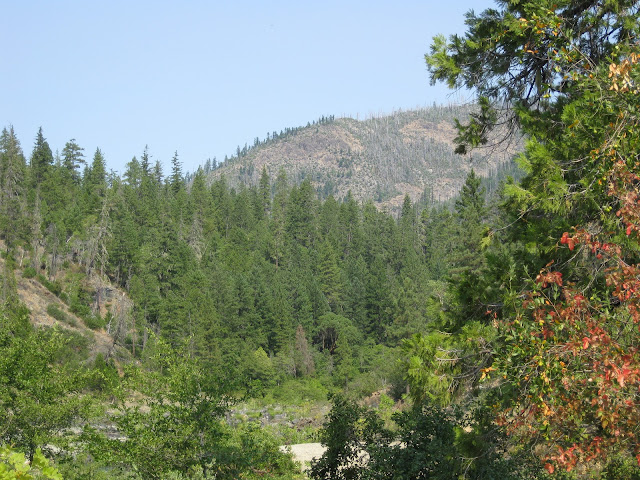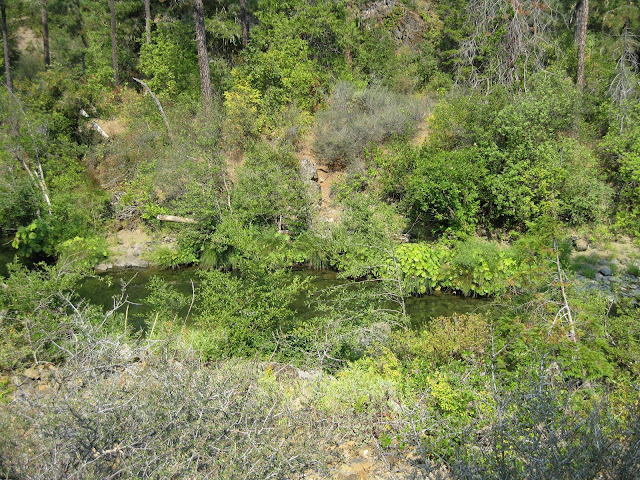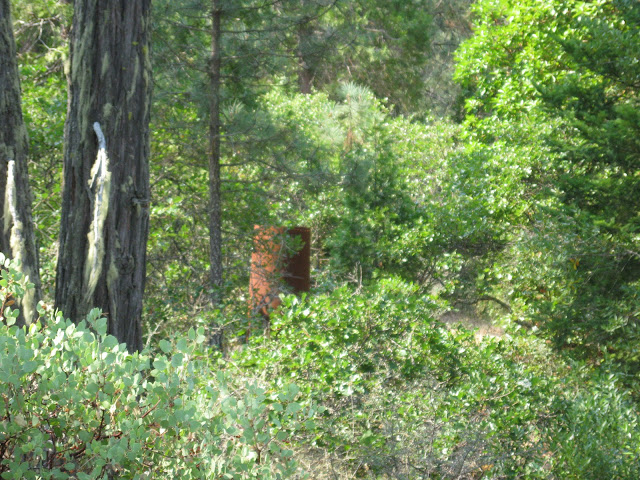I am hoping for an Indian Summer!
In the Pacific Northwest, an Indian Summer is loosely defined as a stretch of dry, warm weather after the first Fall rains have started. Our rains have not started yet, but here are my top ten favorite reasons for wishing for an Indian Summer.
9 - It's easier to show off your Halloween costumes if you don't have to wear a coat.
8 - The dogs aren't tracking in mud yet.
7 - You can bake to your heart's content without heating the entire house up.
6 - Raincoats and umbrellas are not necessary.
5 - Flip-flops and shorts don't look too out of place.
4 - You can continue to grill outside.
3 - You can snuggle into blankets at night without also having to turn on the furnace.
2 - You can open your windows and let the fresh, crisp air in.
1 - The hiking season is extended!





































































